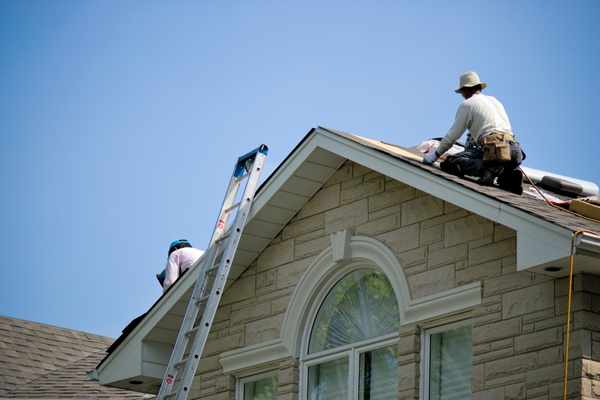|
As a silent lurker, water leakage can cause devastating damage to your property. This is because some leaks occur gradually, without any warning or fanfare.
There are a multitude of reasons why your property may be prone to leaks, and identifying these reasons is not always easy. Older structures, for example, may need to be updated to prevent water entry in ways that are not obvious at first glance. If necessary updates to your home or office are not completed, you may find yourself facing water damage to some degree. This is especially true in locations where storms or heavy rainfall are common, like in Florida. Here are a few tips to prevent water from entering your property through windows, doors, and your roof. Windows Windows in older buildings are often prone to water leakage. Often, these windows have been affected by years of temperature variation, the home moving and settling, and old caulk beginning to crack. These factors all play a role in the window no longer being watertight. If you notice gaps between your window and the wall, there are a few simple steps you can take to prevent water entry. These steps include removing debris from weep holes, the tiny passages for water to escape your home's building envelope near the bottom of the window. You can also remove old caulk and re-caulk the window frame. If you complete these steps and are still experiencing water leaks around your windows, reach out to a local contractor for an evaluation and perhaps a full window replacement. Doors Typically, water entry occurs underneath doors leading outside. These leaks happen when there is a gap between the threshold plate and the bottom of the door, or when the plate is not properly sealed. These leaks can be costly especially if your interior floor gets damaged, or if the water has spread throughout the property. If you notice water entering your structure through an exterior door, you may need to replace the door threshold plate. This can be done in a few steps:
Water leaks can also be deterred through weatherstripping, canopies, overhangs, and awnings to minimize water entry in the vicinity of the door. Roofs Leaky roofs are best prevented through the use of quality building materials. These materials include waterproof barriers, which function to prevent water seeping into areas including a vent, skylight or chimney. One way to protect your property is to install pre-manufactured flashing. Similar to waterproof barriers, flashing directs water away from openings prone to water leakage in the roof. Another level of protection for your roof would be installing roof deck protection when installing a new roof. This can create a barrier underneath your shingles, effectively keeping water from leaking through any gaps in the shingles. Lastly, consider ventilating your attic. Hot and humid attics allow for the presence of moisture, increasing the likelihood of mold. Do You Have Water Damage? Have you discovered water damage within your home or office? Are you unsure of the extent of the damage or how to proceed with if you have an insurance claim? We are here to assist you! At Reliant Insurance Adjusters, we specialize in commercial and residential insurance claims, including mold and water damage. Our adjusters are prepared to guide you through this stressful process by asking the right questions, so that you don’t have to. Contact us today, we are here to help.
0 Comments
Leave a Reply. |
AuthorKaren Schiffmiller Archives
July 2024
Categories |





